Peru is home of many local ingredients, from Andean grains, to the more than 1000 varieties of native potatoes, from tubers to yummy exotic fruits. This article aims to make a list of Peruvian fruits you need to try once in Peru. During our market visit travellers usually had the opportunity to try these tasty and unusual fruits in smoothies or in fruit salads. We believe that if you are a travel foodie, trying something new is a great opportunity and a way to get to know better our culture and gastronomy.
LUCUMA
I am pretty sure that if you are a travel foodie you have heard about this yummy and gold color fruit. It is not a case that lucuma is used by Peruvians to make delicious desserts, such as the traditional “Suspiro a la Limeña” (check the recipe here http://taste-of-peru.com/a-traditional-peruvian-dessert-suspiro-a-la-limena/ ) or Lucuma cheesecake and the lucuma ice cream which is a must try if you happen to be in Peru during summertime. In Peru there is an even higher demand for lucuma ice cream than for the commonly consumed strawberry, chocolate and vanilla flavors. This fruit is native to the Andean regions of Peru. You can easily find lucuma in local markets and grocery stores in Lima and Peru’s provinces.
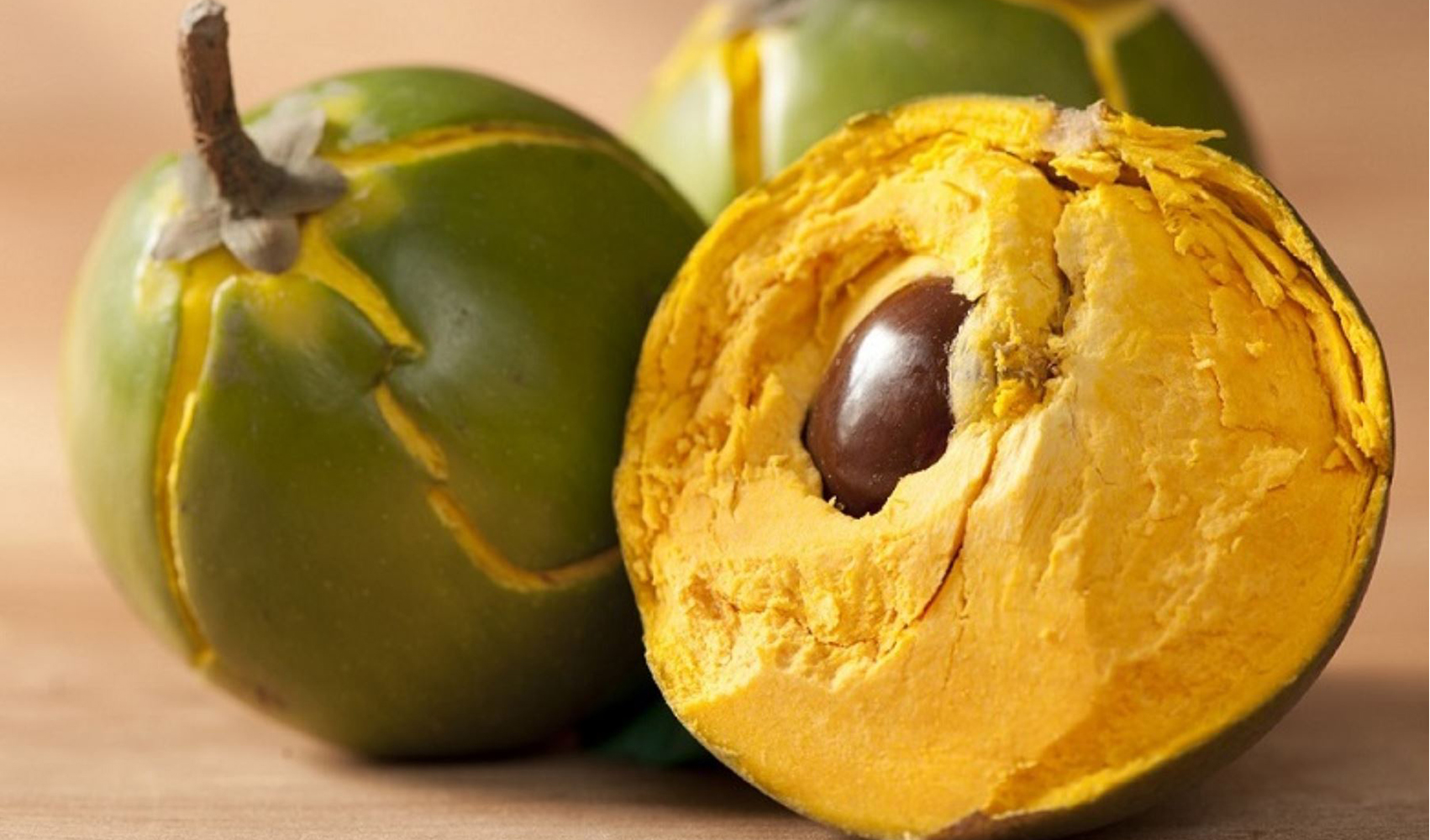 Credits: Perú 21
Credits: Perú 21
GRANADILLA
This fruit is very similar in shape to the classic passion fruit but different in color and flavor. Granadilla, native to the Andes Mountains, has a sweet taste and there is still no English name for it. The outer shell is hard and slippery, with soft padding on the interior to protect the gray and blackish seeds. The seeds, which are quite hard, are surrounded by a gelatinous sphere of transparent pulp. The pulp is the edible part of the fruit and has a sweet taste. It is very aromatic and contains vitamins A, C and K, Phosphorus, iron and calcium. Especially children love eating granadilla as snack. It is used in patisserie for making granadilla cheesecake, mousse and it is the base for many juices and delicious jams.
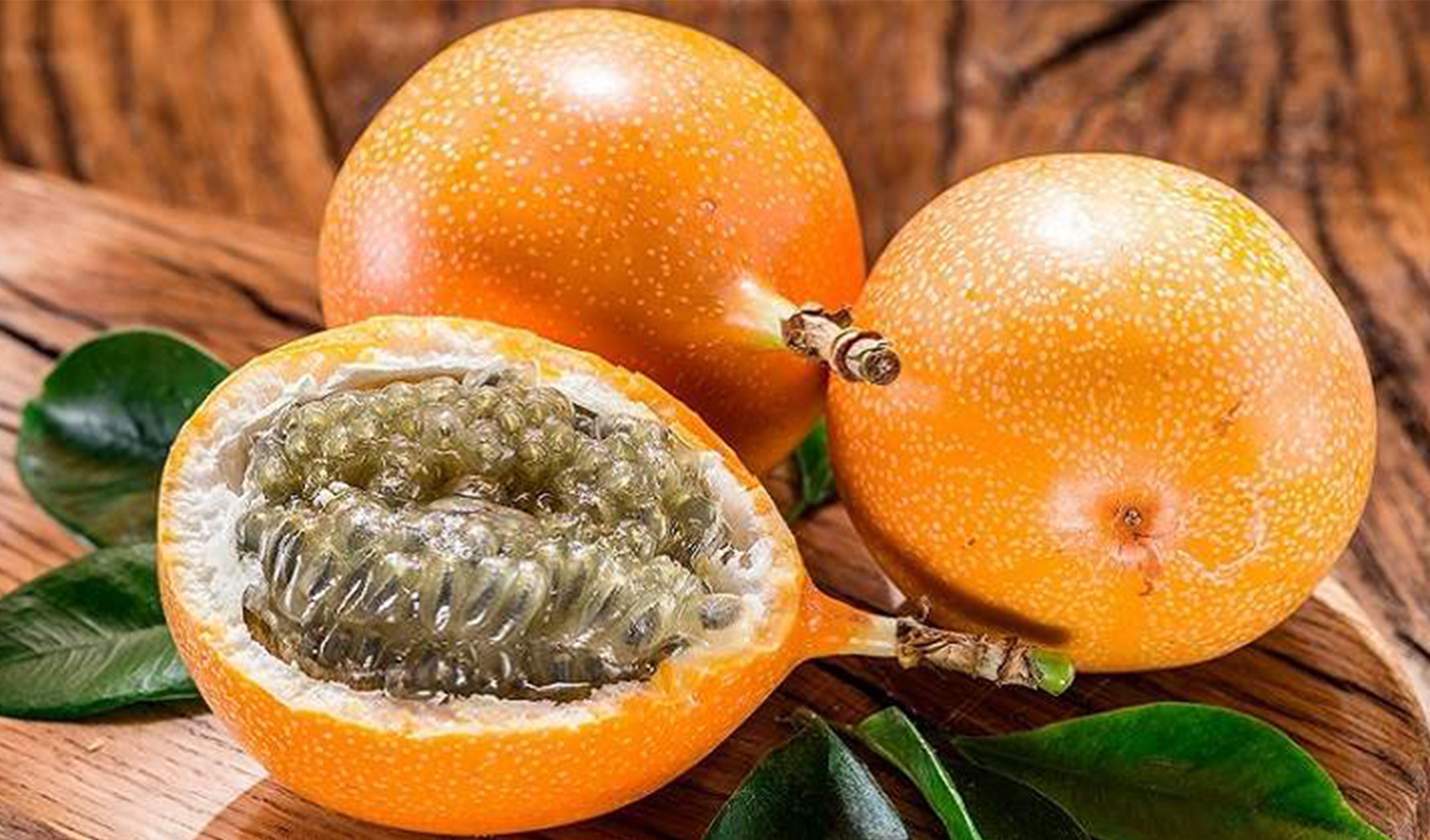 Credits: Agraria.pe
Credits: Agraria.pe
CAMU CAMU
The Camu camu is a small, bushy, riverside tree from the Amazon rainforest vegetation in Peru and Brazil. It bears a red or purple cherry-like fruit. The fruit is extremely acidic, and the flavor can only be appreciated in recipes requiring a blender, dilution in milk/water and the addition of sugar. It is very common to find camu camu beverages in grocery stores and bars in Lima, also Pisco-based cocktails with this exotic fruit are a trend now. The extraordinarily high vitamin C content (2-3% of fresh weight!) is the most important property of the camu camu fruit, which has been exploited consistently in positioning camu camu in international markets. Vitamin C content declines as full maturity is reached, and there is a trade-off between vitamin C and flavor expression. It is also very common to find camu camu powder in the market, which you can use in smoothy or yogurt.
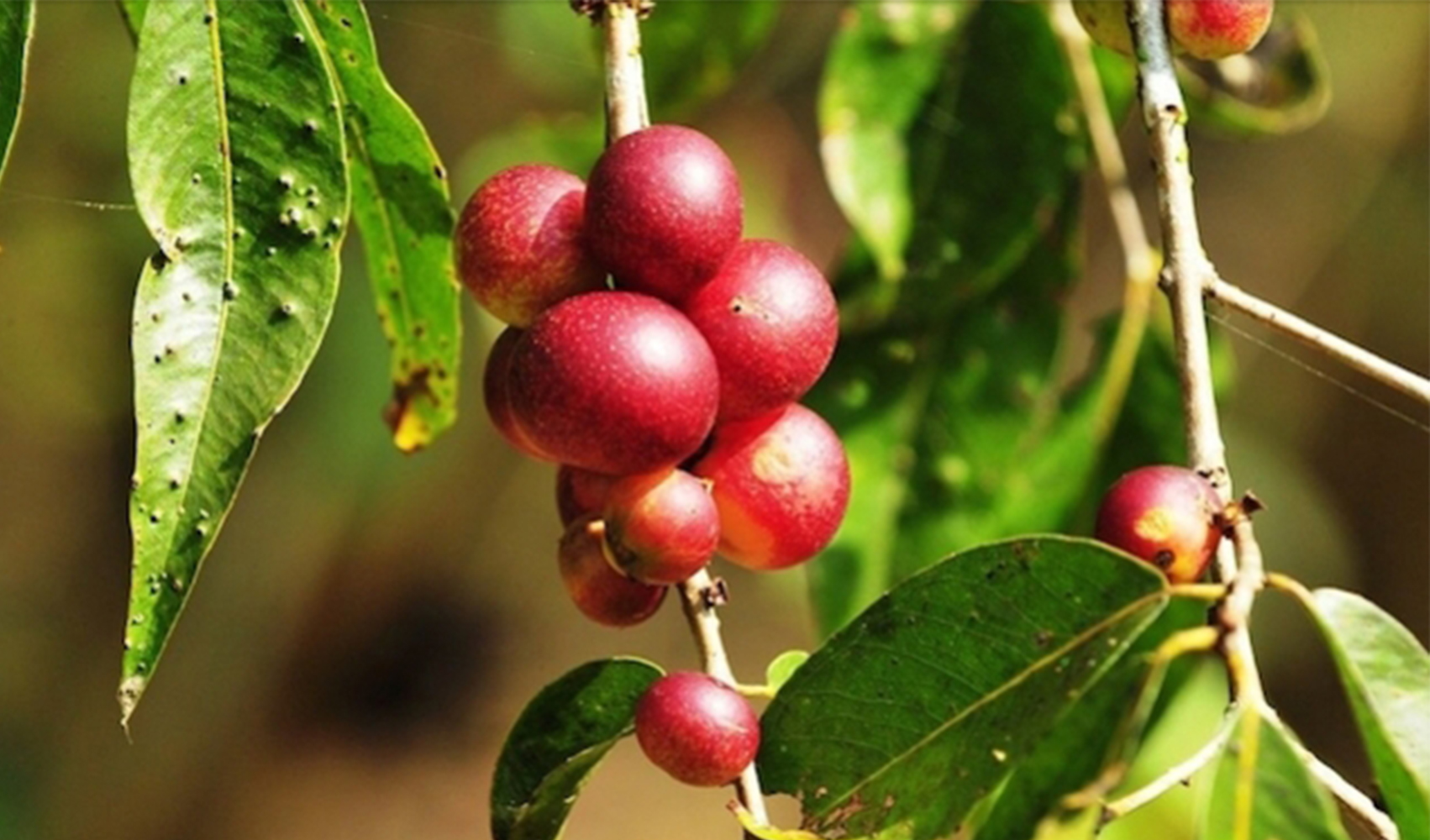 Credits: Yvette Pons
Credits: Yvette Pons
AGUAJE
Aguaje, or Moriche Palm fruit, is native to the tropical Amazon region of Peru, it has an oval shape with intense red shell and a juicy and velvety pulp that can be from yellow to orange color. This fruit has been highly venerated in many indigenous communities, since it is considered as a symbol of immortality and life. This fruit is eaten raw, or used in desserts and juices. The fruit is reach of vitamin A and C and has many additional properties.
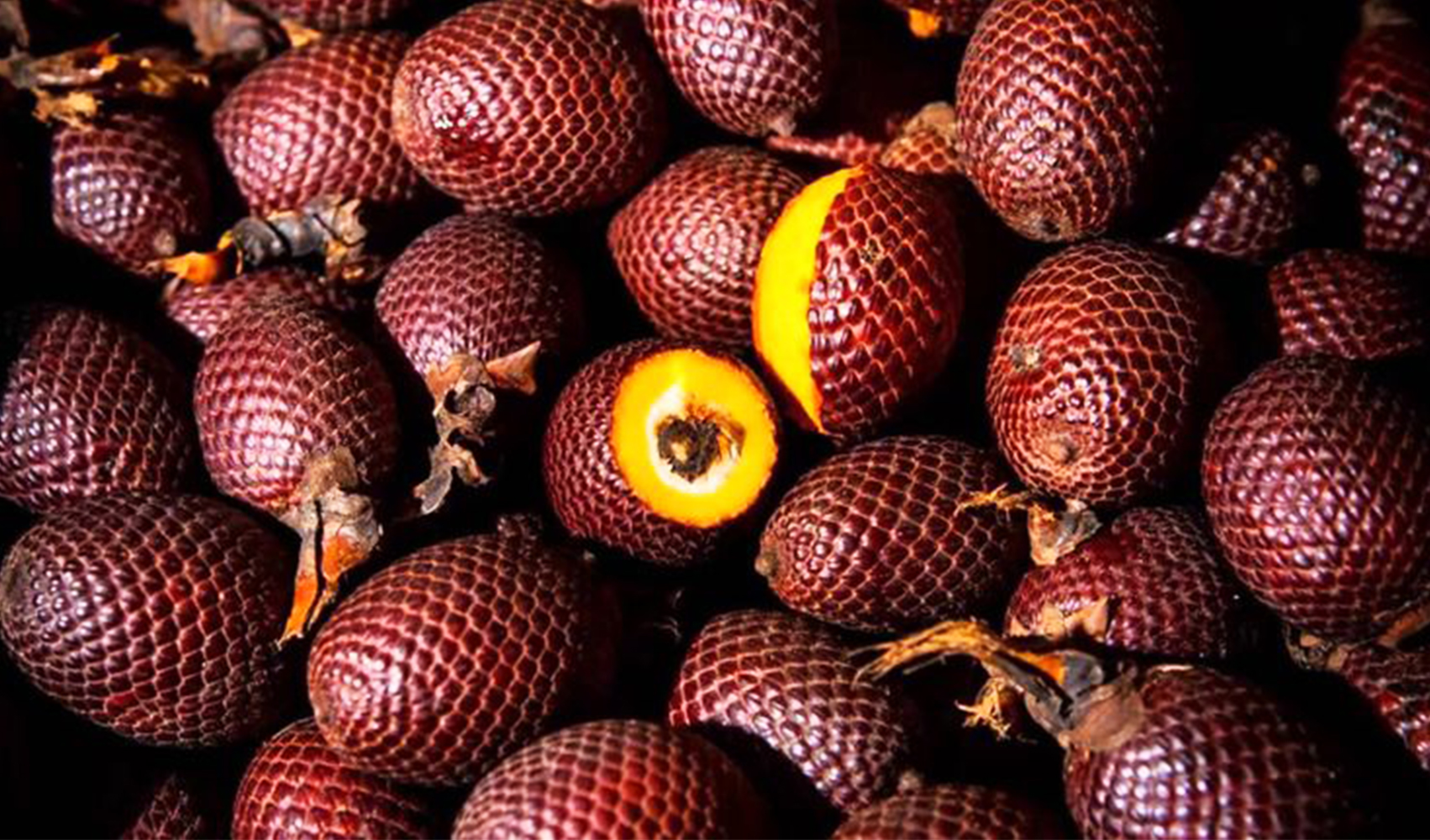 Credits: About Español
Credits: About Español
PEPINO MELON
The pepino is a small, satin-like fruit streaked with purple stripes and varying in color from golden-yellow to apricot. It is original of the Peruvian Andes, and its yellowish-green flesh has a flavor and texture very similar to the one of the classic melon. It was used in Peruvian handicraft of the Moche, Chimu and Paracas cultures, which remarks the importance of this fruit among pre-Incan cultures. This fruut is highly refreshing and hydrating, especially if mixed up with fresh mint.
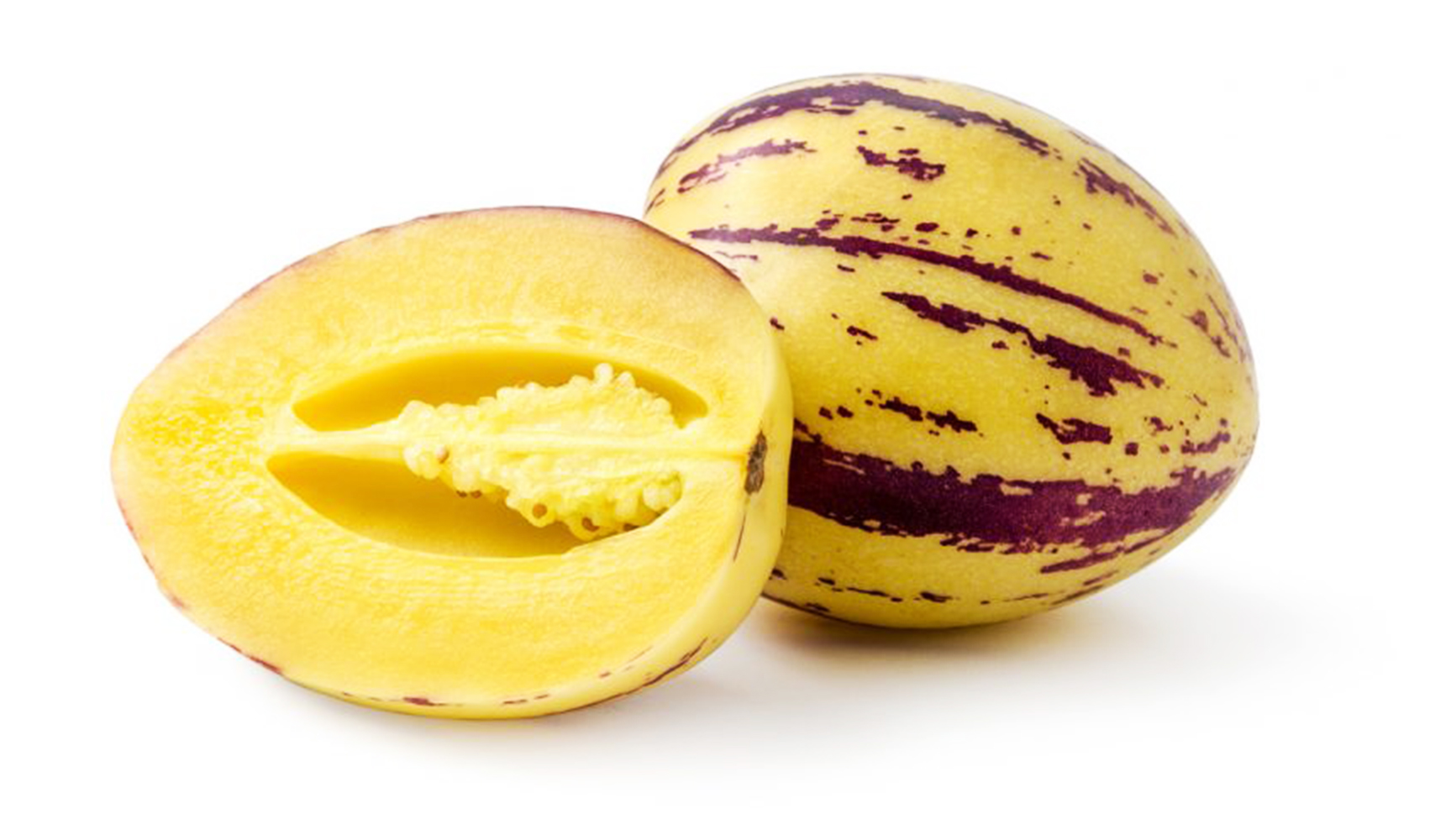
So here you have a list of some of the Peruvian fruits you can find in local markets around Peru. Do not forget to try them!

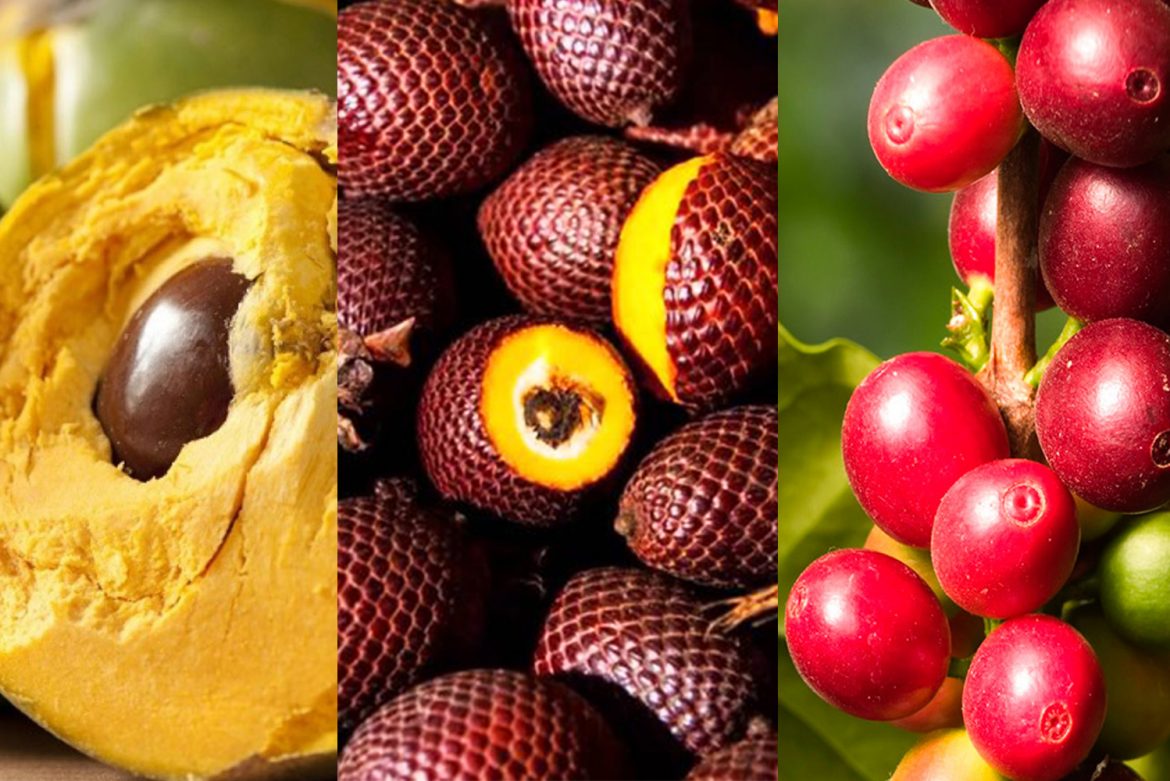
There exist more native fruits in the different areas of Peru whit their native names. Decades ago Camu camu, Carambola, Guanabana and others that nowadays are at the markets but there are many more as Ungurawi a palm fruit which is commercialized in Brazil.
Thanks for your comment, very useful!